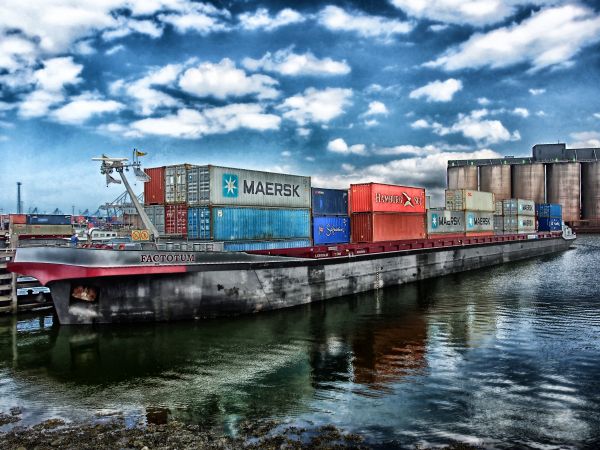Shipping Cameras from Guangzhou/Shenzhen to Prague, Czech Republic
Shipping cameras from China to Prague, Czech Republic, via ocean freight involves a series of well-defined logistics steps. The journey typically begins in Guangzhou or Shenzhen, two of China’s most prominent ports, and reaches the Port of Prague after an estimated 27-day sea voyage. Here’s an overview of how both Full Container Load (FCL) and Less-than-Container Load (LCL) options are utilized for shipping, as well as how cameras are typically packaged to ensure safe transport.
1. Shipping Method Options
Full Container Load (FCL): For larger shipments, opting for a Full Container Load (FCL) can be more cost-effective and secure. An FCL involves shipping an entire 20FT or 40FT container filled with cameras. In this scenario, the goods are packed and loaded directly into the container without sharing space with other shipments. FCL shipments offer greater control over cargo handling and reduce the risk of damage or delays.
- 20FT/40FT Container: Depending on the volume and quantity of the cameras being shipped, you may choose either a 20-foot or 40-foot container. The larger 40-foot container offers more capacity for bulk shipments, while a 20-foot container is ideal for smaller quantities.
Less-than-Container Load (LCL): For smaller shipments or if you don’t need a full container, LCL shipping is a viable option. In LCL, your goods will share container space with other shipments heading to the same destination. While LCL is more economical for smaller shipments, it may involve longer transit times due to consolidation at both the origin and destination ports.

2. Transit Time
The typical sea journey from Guangzhou/Shenzhen to Prague takes approximately 27 days. This can vary slightly depending on specific shipping routes, port congestion, and weather conditions. The cargo will be first transported to a transshipment port, usually in a major European hub, before being delivered to the Port of Prague.
3. Cargo Packaging
Packaging is a critical part of ensuring that cameras arrive at their destination in perfect condition. Since cameras are delicate electronic equipment, special care is taken in their packaging to protect against shocks, moisture, and other potential damage.
Primary Packaging (Inner Packaging): Each camera is typically packaged in its original box, which includes foam padding to cushion the contents. This helps prevent any direct impact or pressure on the camera. Additionally, the camera boxes are often sealed with waterproof plastic wraps to protect them from moisture during the sea journey.
Secondary Packaging (Outer Packaging): Once the individual cameras are packed, they are placed into larger shipping cartons. These cartons are lined with extra padding, such as bubble wrap or foam peanuts, to further cushion the contents. For extra protection, some shipments also include shock-absorbent materials around each camera box to reduce the risk of damage during transit.
Palletizing: To ensure easy handling and stability during the ocean voyage, the cartons are often placed on pallets. This makes it easier to load and unload the shipment from the container. Pallets are wrapped in stretch film to secure them tightly and prevent any movement inside the container.
Humidity Control: Since electronics like cameras are susceptible to moisture, desiccant packs (silica gel) are often placed inside the packaging to absorb any excess humidity. This helps prevent rust or internal damage caused by moisture during transit.
Container Securing: Once the cameras are packed and ready for transport, they are securely loaded into the container. Proper loading methods, such as blocking and bracing, are used to prevent the cargo from shifting during transit. This ensures that the cameras remain stationary and protected from physical shocks or damage.
4. Customs Clearance and Delivery
Upon arrival at the Port of Prague, the shipment will go through customs clearance, where the necessary import duties and taxes are paid. If you’ve chosen CIF (Cost, Insurance, and Freight) terms, the shipping company will handle the freight charges, including insurance, up to the port of destination.
After customs clearance, the goods are delivered to their final destination in Prague, typically via a local truck or rail, depending on the delivery agreement.



